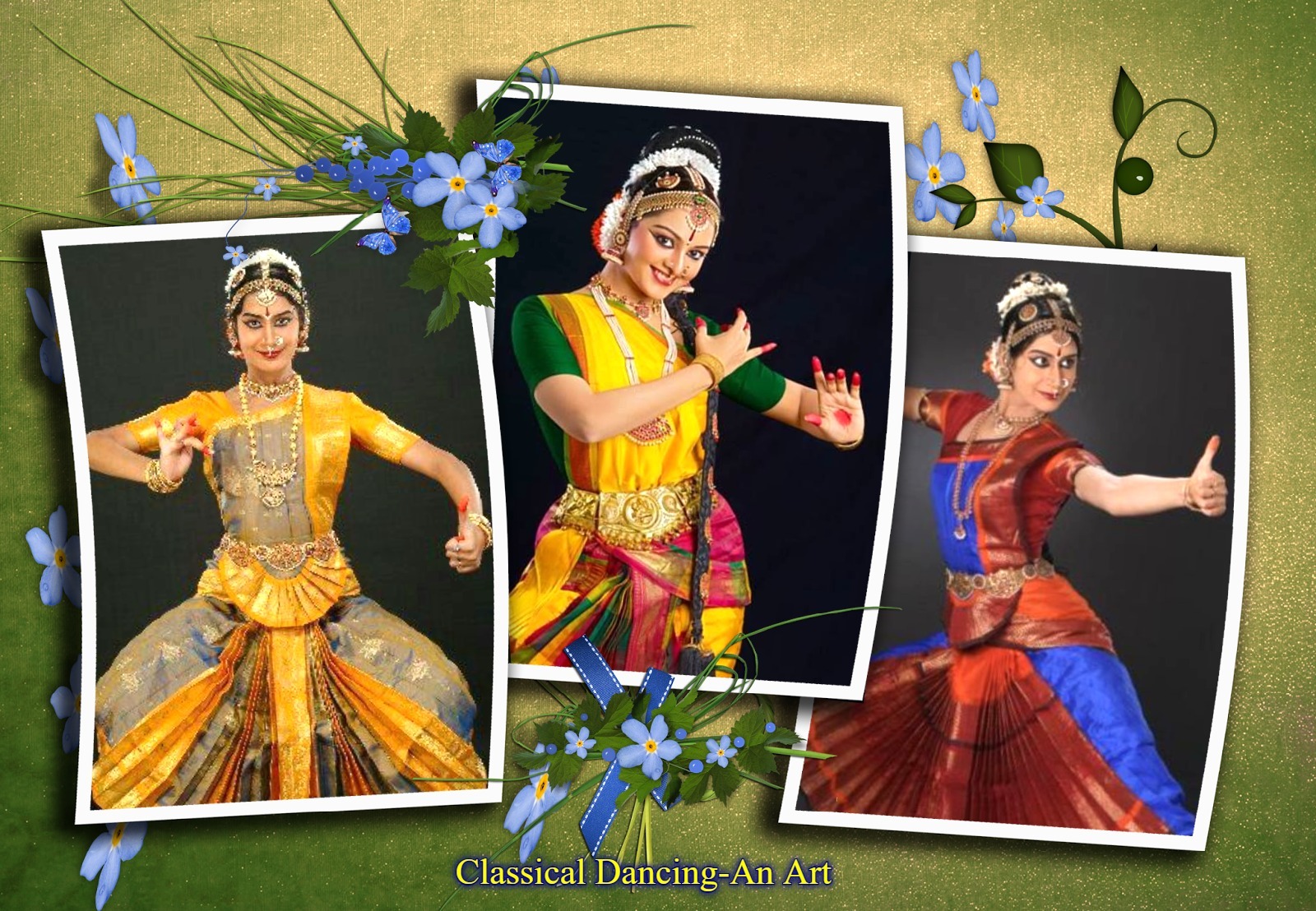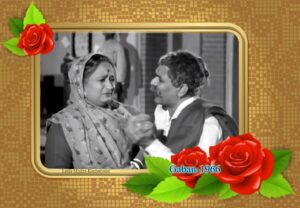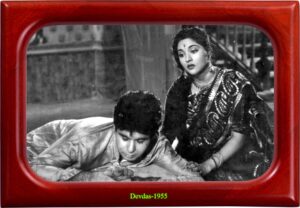By Jagmohan Singh Barhok
Dance is a type of performing art that typically takes years to master and requires high levels of understanding, coordination, rhythm, creativity, and strength to excel. It requires training, perseverance, adaptability and a sense of learning to master various sinews of dancing like expressing body movements through eyes, fingers, facial countenance, adding tinge of innocence and sensuality to enamor and delight the audience physically & cerebrally.
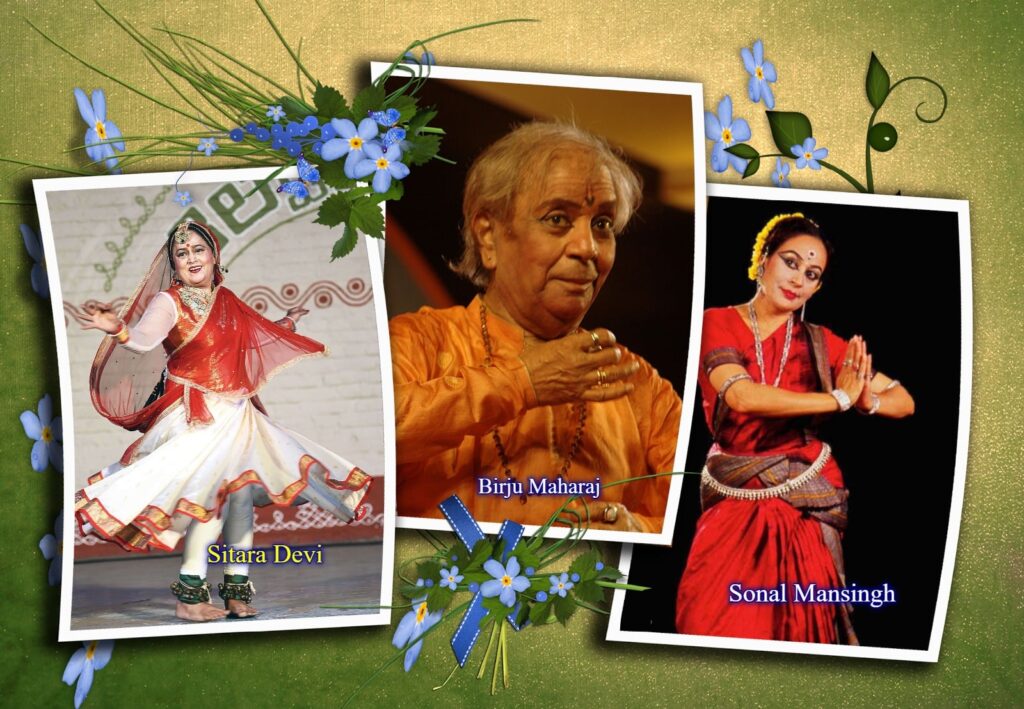
Our history is replete with many a talented male dancer the likes of Gopi Krishan, Lachhu Maharaj, Shambhu Maharaj , Birju Maharaj & Gopi Krishan who cast a spell on the onlookers with their dancing skills. . Born in 1938, Pandit Birju Maharaj is an exponent of the Lucknow gharana of Kathak known for his chrismatic dancing talent & choreography in films. He won Filmfare Award for “Bajirao Mastani” (2016) .Earlier, he composed the music, and sang for two dance sequences in the Satyajit Ray’s “Shatranj ke Khilari”(1977) featuring Sanjeev Kumar, Shaban Azmi, Saeed Jaffrey & Farida Jalal.
Pandit Lachhu Maharaj (1901–1978) was another well known Indian classical dancer and choreographer of Kathak. As a scion of illustrious Kathak Lucknow family, he moved to Bombay for greener pastures.He promoted Katham there and also did some memorable movies as choreographer viz. “Mahal” (1949), ‘Mughal-e-Azam’ (1960), ‘Chhoti Chhoti Baten’ (1965) and ‘Pakeezah’ (1972). He was bestowed with the Presidents’ Award & Sangeet Natak Akademi Award, the highest award for performing artists in 1957.
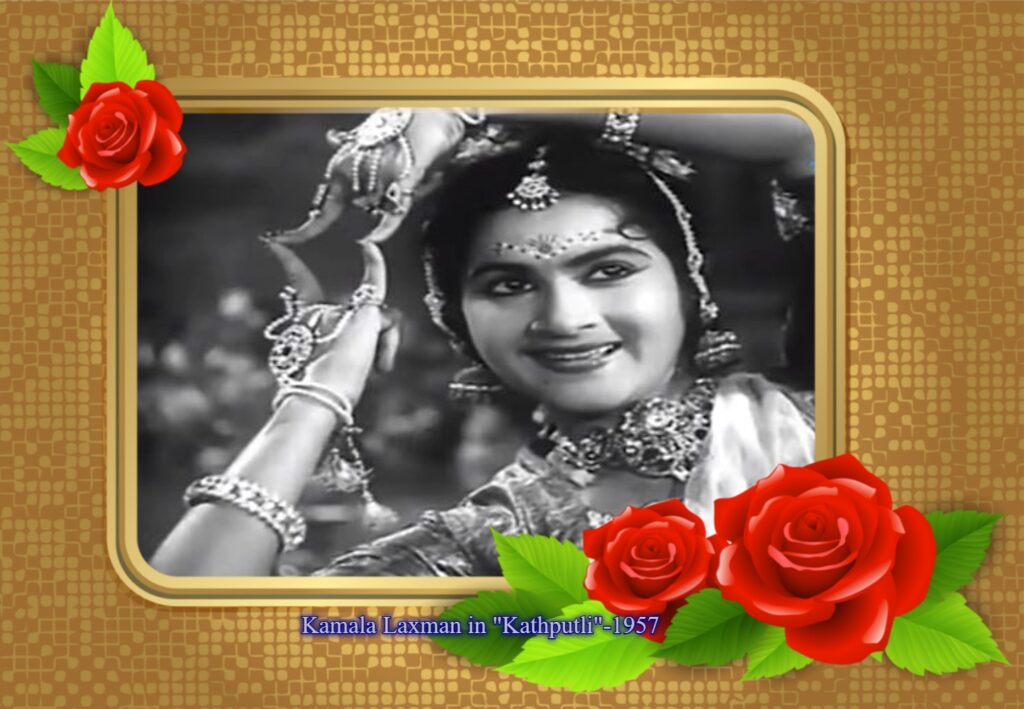
Sitara Devi, wife of K. Asif, & recipient of many awards, worked in many films on her own conditions . She refused to accept Padma Bhushan saying it was an insult to a dancer of her stature and that she would accept nothing short of Bharat Ratna.
Gopi Krishna, too, did many films as a choreographer starting with his maiden film “Jhanak Jhank Payal Baje’ ( 1955) featuring Sandhya & Bhagwan Dada with music score by Vasant desai with a lovely number “Nain So Nain Naahi Milao” to boast. “Grahasti” (1963), “Dastaan”, (1972) “Mehbooba” (1976) & “Umrao Jaan” (1981), are some of his notable Hindi films. Madhubala learnt dancing steps from him in early 1950s. Gopi Krishna married Kathak dancer Savitri in 1964, Gopi Krishan also figured as a dancer in song “Na Moonh Chhupake Jiyo , Aur Na Sar Jhuka Ke Jiyo” (film “Hamraaz”-1967) rendered by Mahendra Kapoor under the baton Ravi.
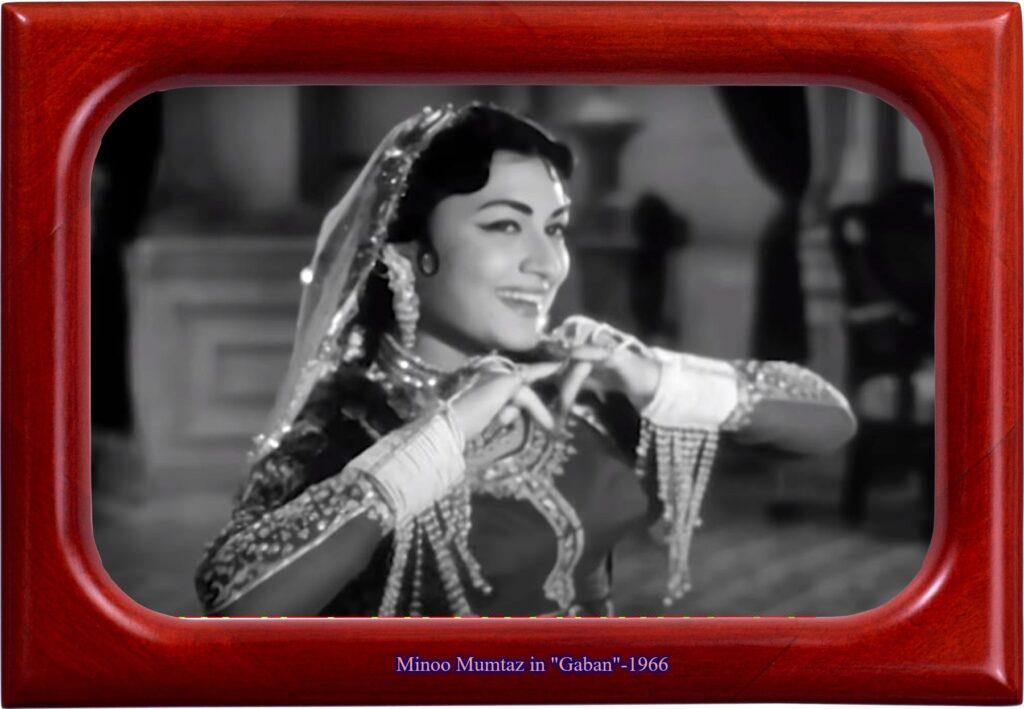
There have also been many talented actresses in the Hindi films like Vyjayanthimala, Padmini, Ragini, Asha Parekh, Hema Malini Helen, Madhumati who unarguably ruled the roost & were thoroughly professional in their approach. Shovana Narayan, Yamini Krishnamurthy & Manju Warrier, a singer & Malayalam actress are other known performers of classical dance.
It would be injustice if I did not mention Saroj Khan who made many a leading actresses & actors dance to her dictates and commands including Sridevi, Madhuri Dixit & so-called ‘jumping jack’ Jeetendra. Some of her prominent films include the likes of Baazigar, Dilwale Dulhania Le Jayenge, Tezaab , Chandni, Beta , Raja , Darr, Khalnayak, Hum Dil De Chuke Sanam, Manikarnika, Devdas, & Taal to men few. Saroj Khan was the recipient of three National Film Awards as Choreographer including eight Filmfare Awards for – “Tezaab”( ‘Ek Do Teen’- 1989),”Chaalbaaz” (1990),”Sailaab” (1991), “Beta” (1993), “Khalnayak” (‘Choli Ke Peeche’-1994), “Hum Dil De Chuke Sanam” (2000) ,”Devdas” (2003) & “Guru” ( 2008). The Mujra number ” Main Har Raat Jagi Ki Is Baar Shayad Muhabbat Tumhe Is Taraf Kheench Laye-Tumhari Kasam Tum Bahut Yaad Aye” picturized on Minoo Mumtaz in film “Gaban” was perhaps the Best.
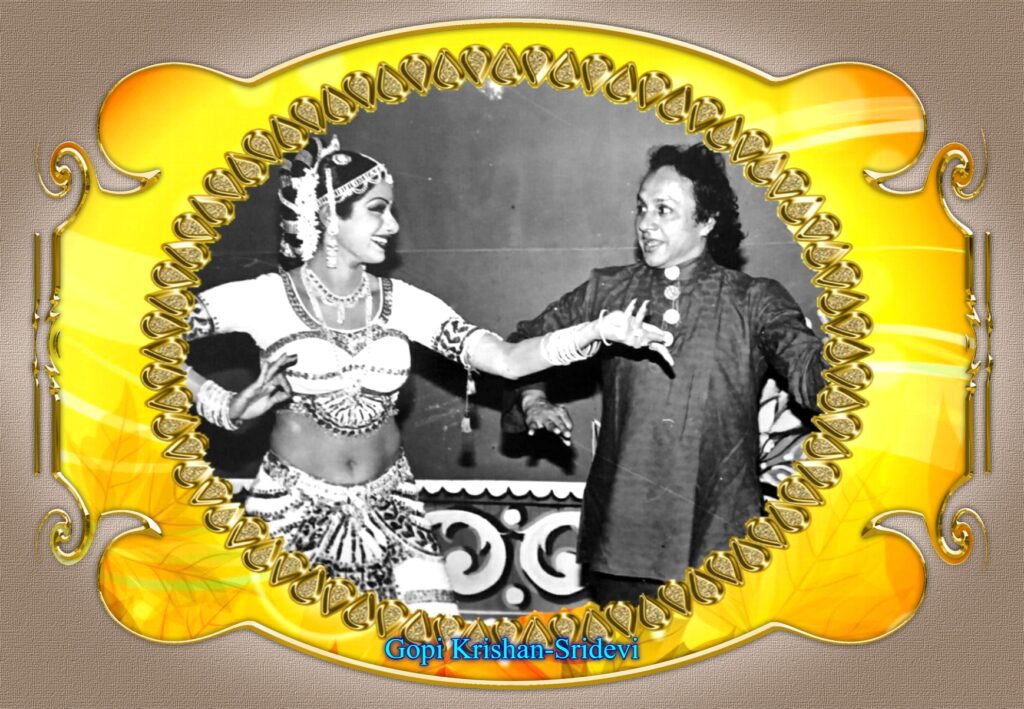
Interestingly, Bharatanatyam is a conflux of three prominent dance forms. Top Indian classical dance forms include -Bharatanatyam, Kathak, Kathakali, Kuchipudi, Manipuri & Odissi. Sonal Mansingh is a renowned Oddisi dancer while Mallika Sarabhai excel in Kuchipudi. The best classical dance performance seen by me on celluloid was by actress Kamala Laxman in 1957 film “Kathputli” in song “Haye Tu Hi Gaya Mohe Bhool Re, Main Hoon Tere Jivan Ki Ragini”.
.
“


